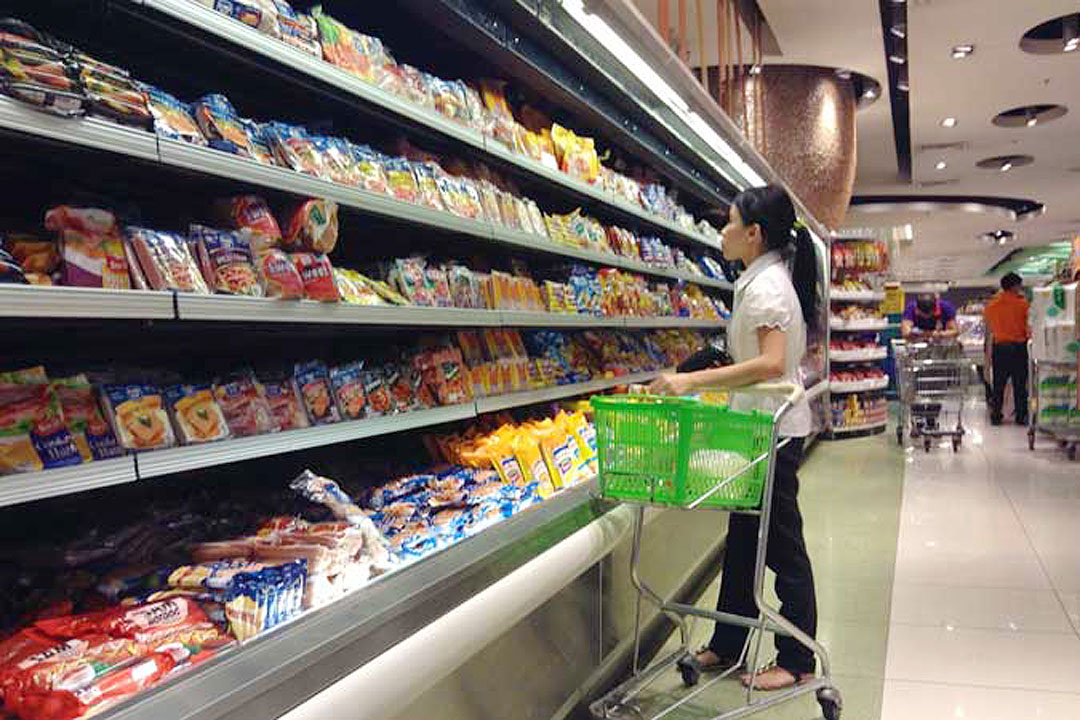
PRICE GROWTH of retail goods in the National Capital Region (NCR) accelerated to its highest level in more than two-and-a-half years in November, with consumer demand not dampened by the higher cost of goods.
Preliminary data from the Philippine Statistics Authority (PSA) indicate that the general retail price index (GRPI) rose 2.3% from a year earlier, against the 2.1% posted in October, and the year-earlier rate of 1.3%.
The November result matched the rise seen in May 2021 and was the highest increment since the 2.7% expansion in April 2019.
In the 11 months to November, Metro Manila’s retail price growth averaged 2%, against the year-earlier 1.2%.
The PSA attributed November’s uptick to a double-digit increase in mineral fuels, lubricants and related materials, whose prices rose 25% year on year from 22.1% in October.
Other commodities where prices accelerated included chemicals, including animal and vegetable oils and fats (1.3% in November from 0.8% in October); food (2.1% from 1.9%); machinery and transport equipment (0.4% from 0.3%); miscellaneous manufactured articles (0.3% from 0.2%); and manufactured goods classified chiefly by materials (1.2% from 1.1%).
Beverages and tobacco price growth slowed to 4.4% in November from 6% in October, while that of crude materials, inedible except fuels eased to 0.9% from 1%.
ING Bank N.V. Manila Senior Economist Nicholas Antonio T. Mapa said the rise in retail prices in November was due to higher production costs caused by supply chain bottlenecks as well as strong consumer demand.
“Looking at recent PMI (Purchasing Managers’ Index) figures, we’ve noted that increase material costs may have forced producers to pass on price increases to customers and finding its way to higher retail prices,” he said in an e-mail interview.
The country’s manufacturing PMI in November jumped to an eight-month high of 51.7 from 51 posted in October, as new orders increased that month.
A PMI reading of above 50 indicates that manufacturers are gearing up to increase production by placing more orders, making the statistic a leading indicator for future economic conditions; a reading below 50 signals a contraction.
Mr. Mapa also noted that the anticipation of the holiday buying rush also contributed to the increase in prices, which further improved as cases of coronavirus disease 2019 (COVID-19) continued to drop in November.
According to the Department of Health, 1,455 new COVID-19 cases were recorded at the start of November, which gradually decreased to 322 cases by Nov. 30.
However, a fresh surge brought by the highly mutated Omicron variant, which was first detected in South Africa, is currently surging through the Philippines.
“The ongoing wave of infections has just as quickly knocked down both business and consumer sentiment, which could sap inflationary pressures on retail prices in the near term,” Mr. Mapa said.
The monthly GRPI is also used as a deflator of the National Accounts, particularly on the retail trade sector, and serves as the basis of business forecasting in that sector. — Bernadette Therese M. Gadon



